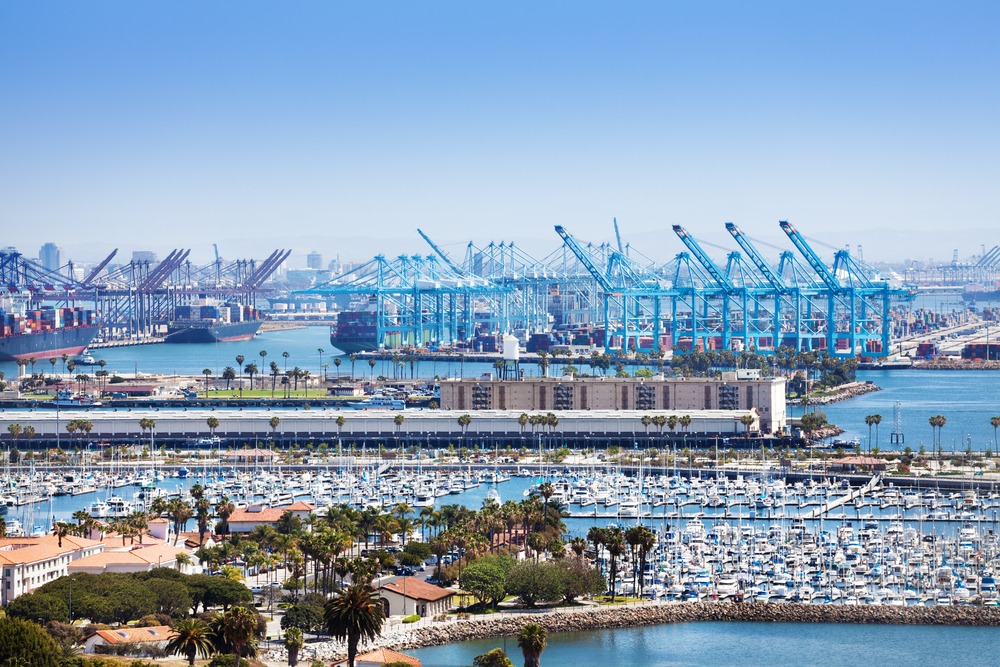Rediscovering Gaspur, California: A Historic Echo in Time
Rediscovering Gaspur, California: A Historic Echo in Time

Gaspur, California, is not your typical city, but a former settlement in Los Angeles County with a story that has faded into the annals of history. Once identified on USGS maps as of 1925, this ghost town now only exists in old documents and geological studies.
The history of Gaspur is shrouded in mystery, with very few records available to paint a complete picture of its past. It is known to have been situated at an elevation of 7 feet and is believed to have been part of the dynamic tapestry that makes up the complex history of settlements in Southern California.
Geographically, Gaspur was located near present-day Long Beach, Signal Hill, West Carson, Carson, Lomita, Lakewood, Seal Beach, and Torrance. This would have placed it within the coastal region of Los Angeles County, which boasts a Mediterranean climate and a diverse range of ecosystems.
One significant geographical feature associated with Gaspur is the Gaspur Aquifer, a continental stream deposit consisting of sediment transported from the San Gabriel River. This aquifer is a crucial part of Los Angeles County’s groundwater system, making Gaspur’s name live on in contemporary hydrogeological studies.
As Gaspur no longer exists as an inhabited settlement, there are no current important places or notable figures directly linked to it. However, its geographical location near several thriving cities means that it shares a region rich in cultural, historical, and natural landmarks. From the bustling city life of Long Beach to the serene beauty of Seal Beach, the area offers a plethora of attractions.
Census details specifically for Gaspur are not available as it is no longer a populated settlement. However, Los Angeles County, where Gaspur was once located, is the most populous county in the United States, with a population exceeding 10 million according to the 2020 Census.
Even though Gaspur has faded from the maps, its echo is still present in the geological features it left behind and the surrounding cities that continue to thrive.